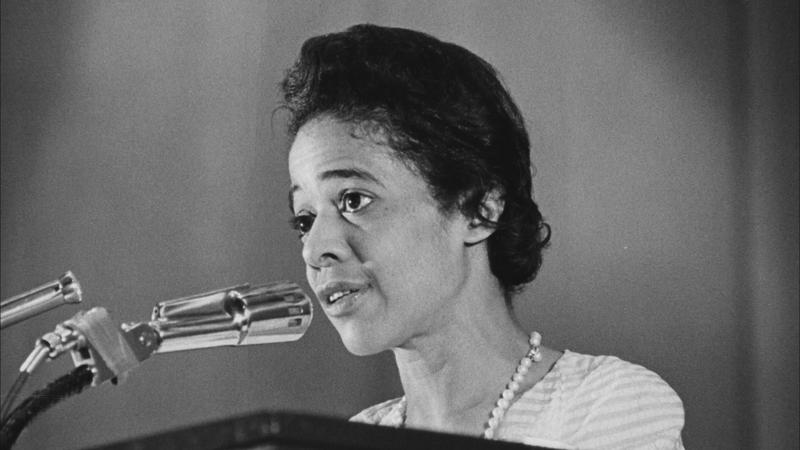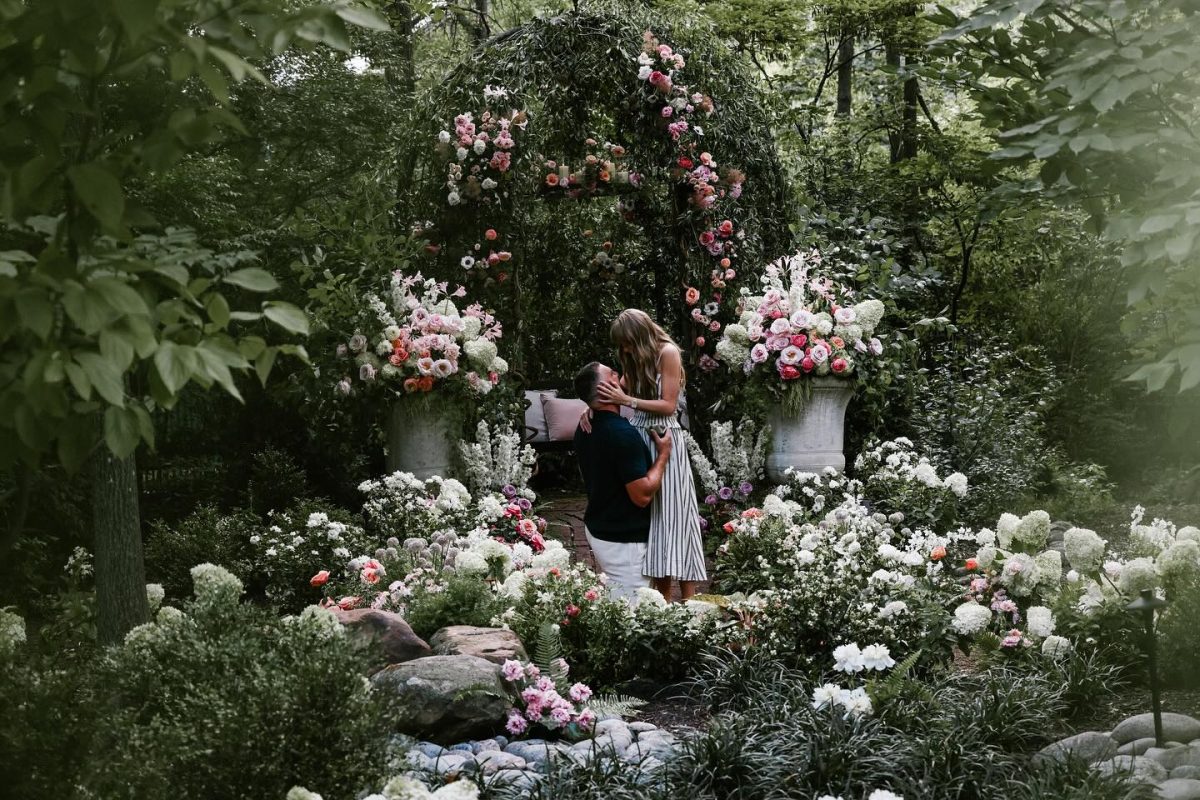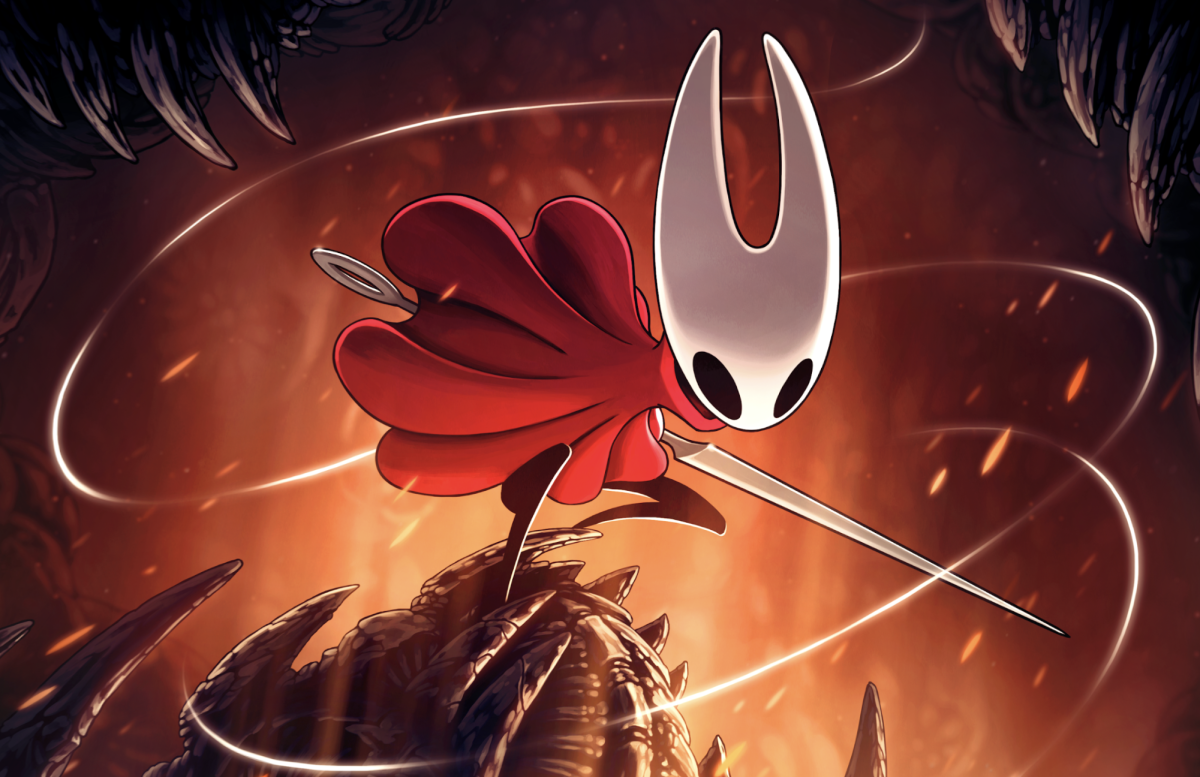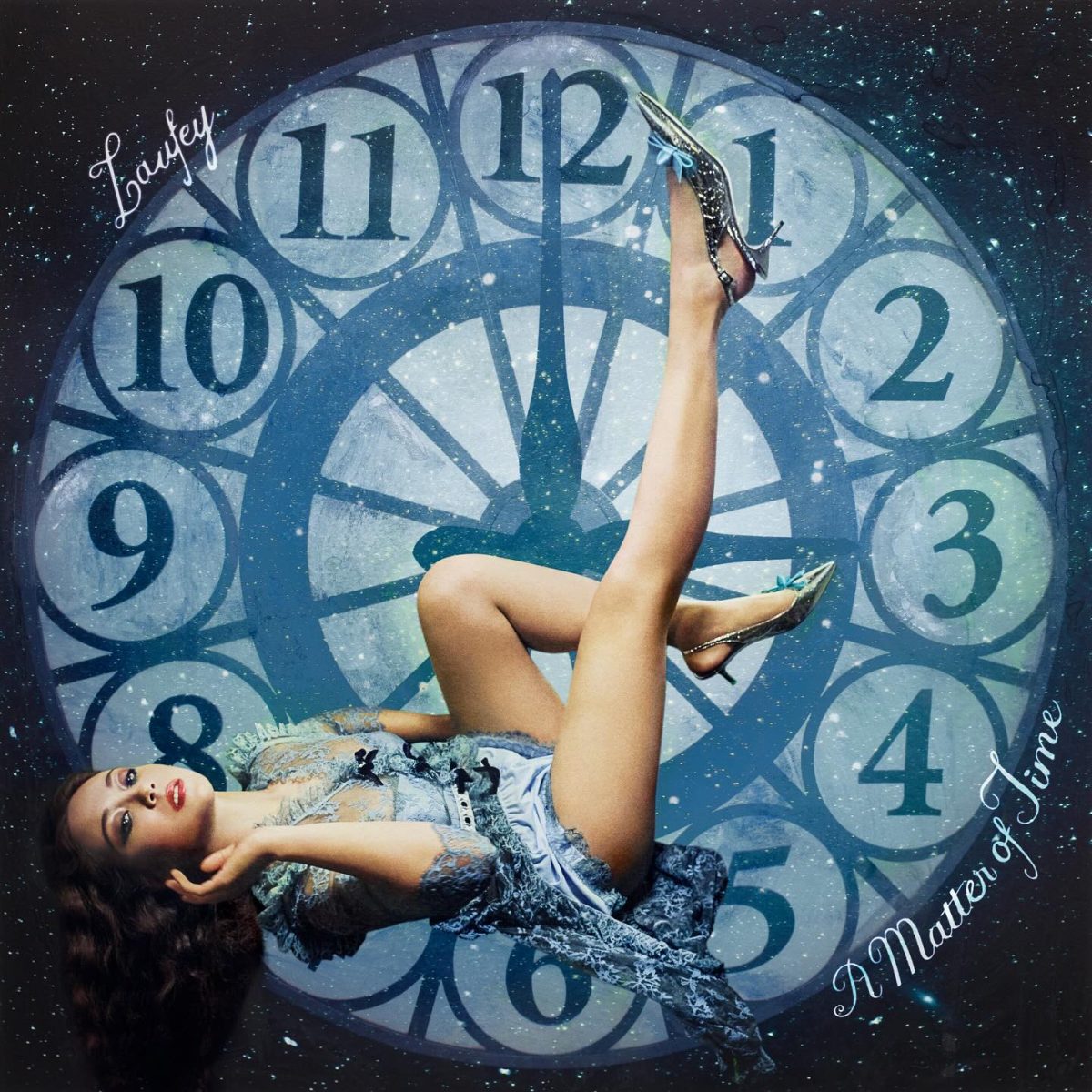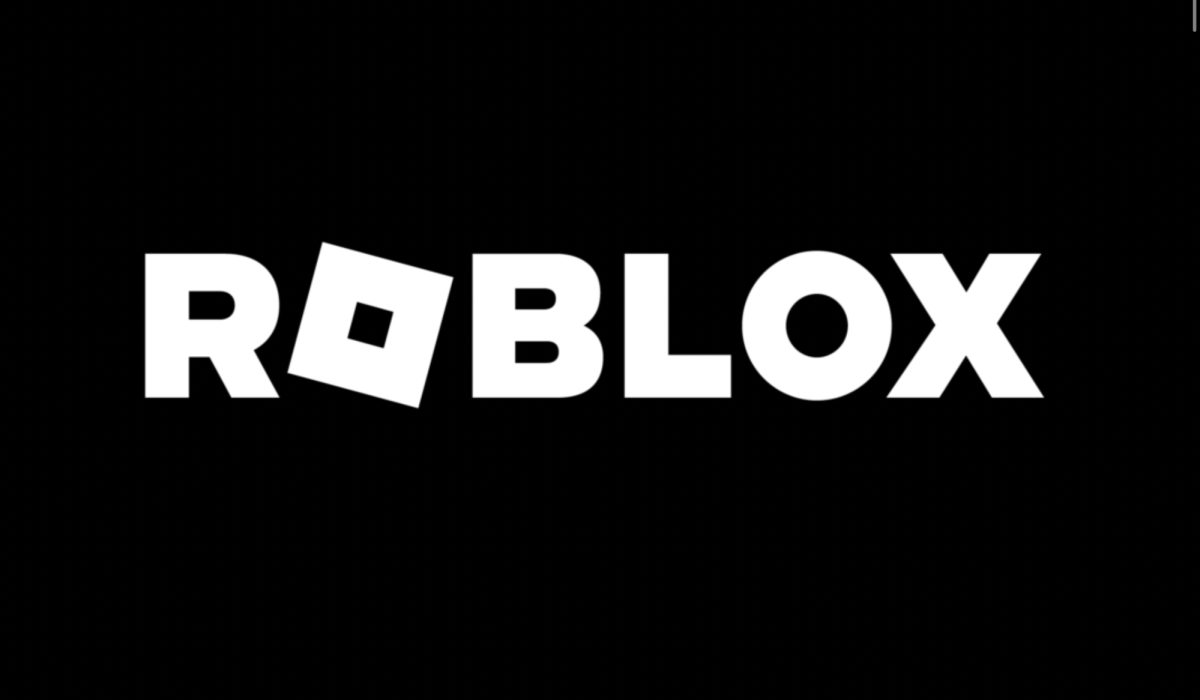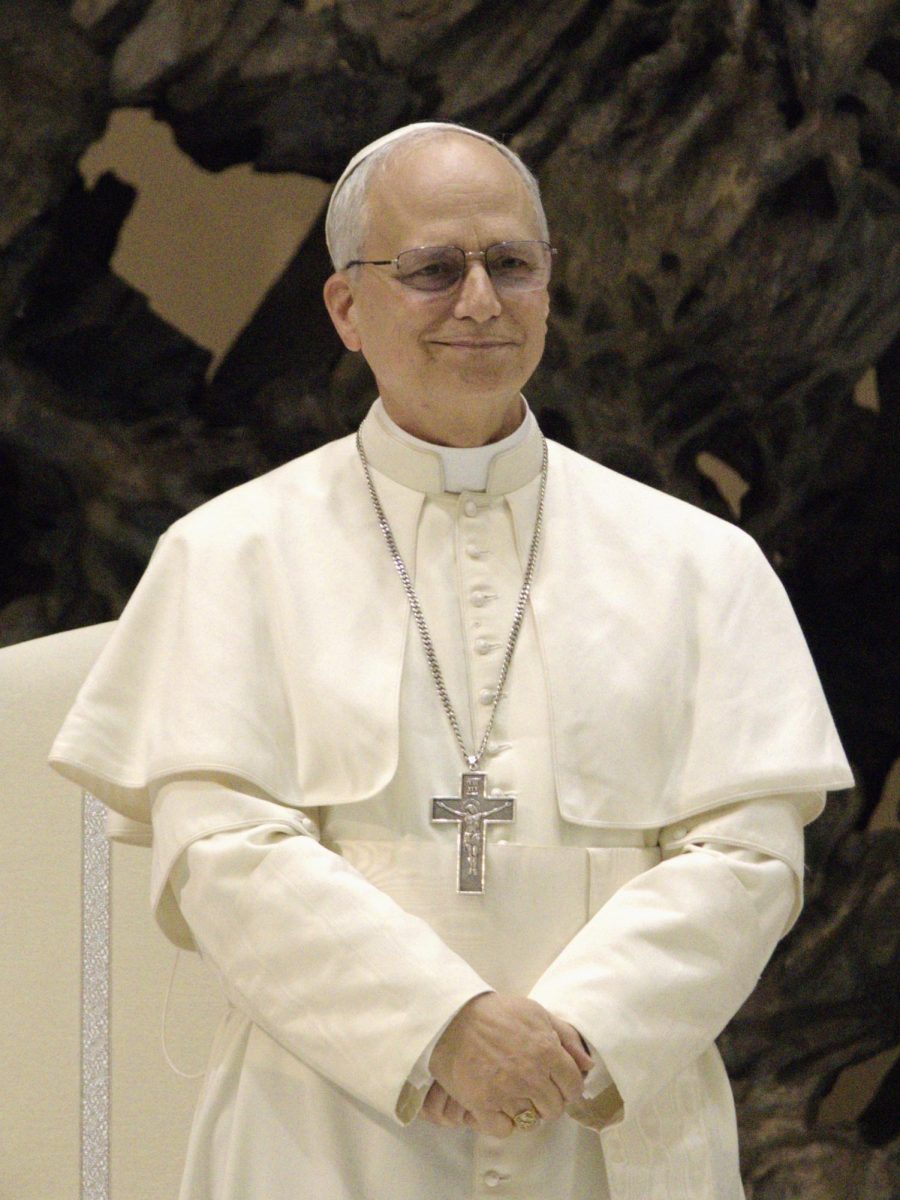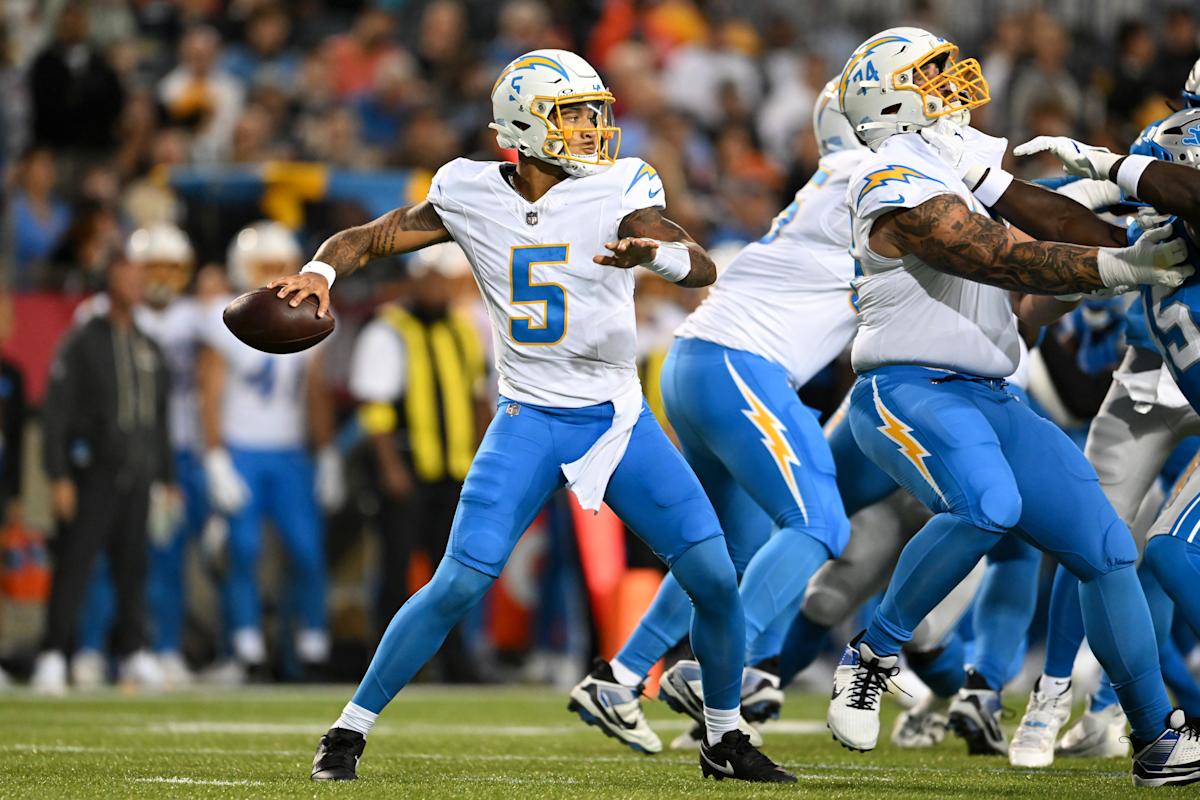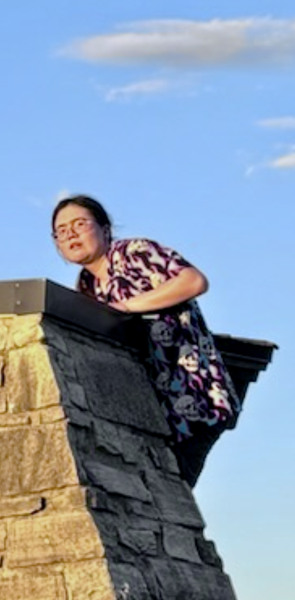Like many students, I survived middle school by forming maladaptive coping mechanisms that to this day, haunt me like mildly irritating ghosts. One of these coping mechanisms was reading whatever popular YA-of-the-week I could nab from the “Red Hot Reads” corner of the Verona Public Library’s teen section. It was through this that I was unfortunately exposed to and subsequently developed a fascination with the genre currently known as YA Dystopia.
Even if you never waded into the miasma of YA Dystopias, you’ve definitely heard of some of them—popular works include The Hunger Games, Divergent, and Red Queen. It’s a genre often characterized by 1) a dystopian setting, usually post-apocalyptic, totalitarian, irrationally segmented, or some combo of the above, and 2) a central plot focused on dismantling the dystopia. Obviously, there’s going to be a few that operate outside these parameters, but I find that these generalizations hold true for a surprising majority of YA Dystopias. However, all of them are, as the title of the genre suggests, Young Adult books—or, books written for teens. This means that many of the patterns in general YA fiction—punchy writing, overblown romantic subplots, a few don’t-think-about-it-too-hard plot holes in an overall fun story—can be seen in them as well. None of this is necessarily bad, and frankly, I could care less about what you read, so long as you’re reading. But it is a stark contrast from what, for the sake of clarity, I’ll be referring to as Classical Dystopias.
Classical Dystopias are books like 1984, or Brave New World. They’re what most of us think of first when we think of dystopia, due to their cultural reach and the fact that they’re most focused on the dystopia itself. They’re often bleak, and seem even bleaker when juxtaposed against the hyper-saturated, sometimes-absurd settings of YA Dystopia. This is because Classical Dystopia rarely features a happy ending—more often, the story chronicles a character acting out, then dying or being reabsorbed into the status quo. Main characters often have some viewpoint into the inner workings of the dystopia which allows them to exposite on the exact systems of oppression, along with a little bit of how they came to be. Once again, these are largely conventions of the genre, but examining the reasons for their formation gives us a window into general goals an author has while writing a Classical Dystopia.
Unlike YA Dystopias, in which the setting is merely a feature of the plot that the characters work to change and overcome, Classical Dystopian settings are the entire point of the book. The central focus of the book is exploring this terrible alternate world and the forces that shaped it—whatever conventional plot there is largely functions as a window into different aspects of that world the main character isn’t typically exposed to. This is because the goal of these stories is not to tell a fun and engaging tale, but to examine societal forces and warn readers about the extremes they could come to. The authors of many highly-praised and eerie Dystopias were not prophets, but creatives who took what they saw as the greatest threats of their time and wrote a warning of what they believed could happen if those threats went unanswered.
Parable of the Sower by Octavia Butler is an excellent example of this. Butler is best known for her science fiction, but Parable of the Sower is anything but. The book takes place in an eerily familiar version of the 2020s—sure, our America may not have roving bands of pyromaniacs, but we do have an increasingly authoritarian government, nigh-unrestrained corporate power, severe weather thanks to climate change, and a quasi-dictator president who promises to—I kid you not, she uses this exact slogan—”Make America Great Again”. And the real kicker is, it was published in 1993—back in those beautiful days where people largely recognized Trump from his Home Alone 2 cameo. Parable of the Sower is a haunting experience, because it is, in essence, reading a warning that went unheeded as someone living the direct consequences of said warning being ignored. I highly recommend it, though I would advise any prospective readers to look up trigger warnings ahead of time. It’s an intense book, as many Classical Dystopias tend to be. When an author decides to write about the logical extremes that, say, fascism could take society to, it produces works that are unfailingly grim—and understandably so. The social issues Classical Dystopias aim to address—surveillance states, censorship, the objectification of women—aren’t exactly pretty in the present day, and if an author is looking to provoke action, they’re definitely not going to sugarcoat anything.
Ultimately, this striking difference in authorial intent is what I believe truly differentiates YA and Classical Dystopias. While YA Dystopias do occasionally provide social commentary—The Hunger Games provides a remarkably accessible critique of late-stage capitalism, Legend had some interesting commentary on the weaponization of pandemics, and Divergent…well, Divergent’s just kind of there—that commentary is not central or shares focus with the actual plot. Additionally, the commentary is rarely the sole point of the book, as YA Dystopias are also heavily focused on simply telling an entertaining story.
None of this is bad! But I do think that greater recognition of this difference could be beneficial—especially for readers moving between the two genres. If you go into Red Queen looking for complex social commentary, you’ll think the whole thing is utter schlock. Likewise, if you open up 1984 hoping for a fun time, you will have anything but that. Genre titles and other publishing conventions are supposed to make sure that kind of thing doesn’t happen. But because the line between Dystopia (unfortunately, Classical Dystopia is not a term that has entered popular lexicon, nor is it likely to) and YA Dystopia is literally two letters thin, that can get a little tricky. I believe that more should be done to differentiate the two in order to better manage baseline expectations and foster greater appreciation of both genres.







